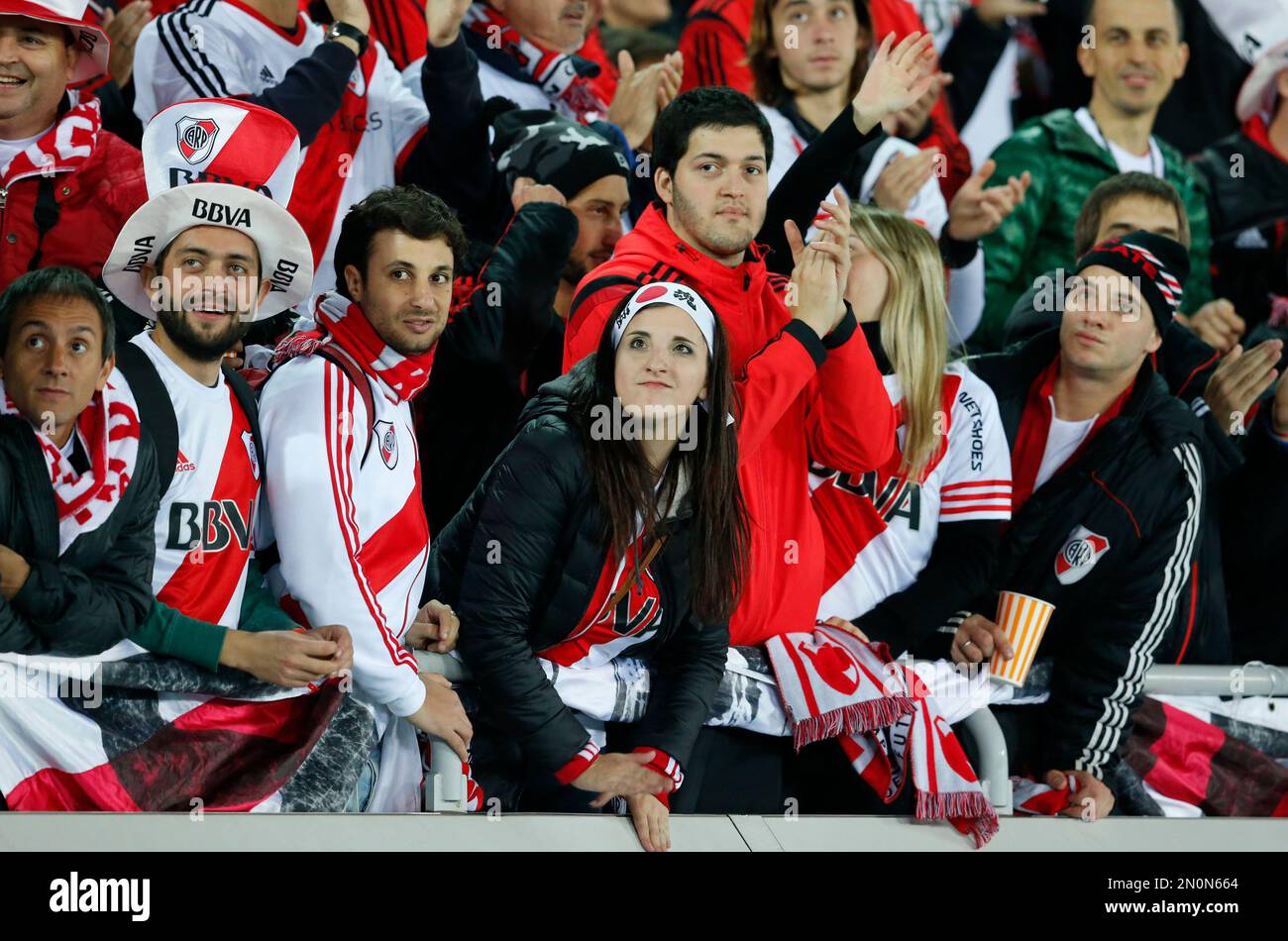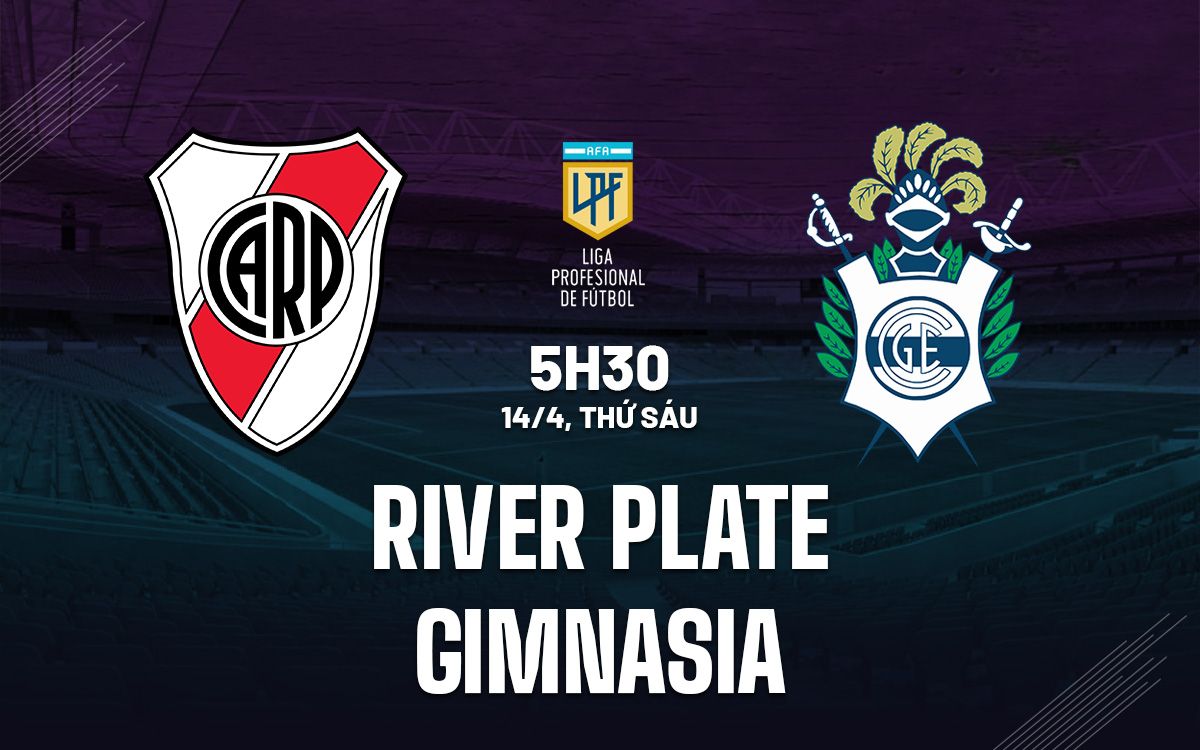Football in Argentina is not merely a sport; it is a way of life, deeply intertwined with the nation’s identity. Among the most fervent supporters are those of Gimnasia y Esgrima La Plata and Club Atlético River Plate. This article explores the rich fan culture surrounding these two clubs, examining the history, rituals, and social implications that define the passion of their supporters.
The Historical Context of Argentine Football
To understand the fan culture of Gimnasia and River Plate, one must first appreciate the historical context of Argentine football. The sport was introduced to Argentina in the late 19th century, quickly gaining popularity among the working classes. The establishment of professional leagues in the early 20th century laid the groundwork for the intense rivalries and passionate fan bases that characterize the sport today.
Gimnasia, founded in 1887, is the oldest club in Argentina, while River Plate, established in 1901, has consistently been one of the most successful clubs in South America. Both clubs have rich histories and have contributed significantly to the cultural fabric of Argentine football.
The Passion of Gimnasia Supporters
Gimnasia supporters, known as “Los Triperos,” are renowned for their unwavering loyalty, often displaying a unique blend of pride and resilience. The club has faced numerous challenges, including relegation battles and financial struggles, but the fans have remained steadfast.
Rituals and Traditions

The fan culture surrounding Gimnasia is characterized by various rituals and traditions:
- Chants and Songs: Fans have a repertoire of songs that echo through the stadium, creating an electrifying atmosphere. Their lyrics often reflect a deep sense of identity and pride in their club.
- Colorful Displays: The use of club colors—blue and white—is ubiquitous, with fans often donning jerseys, scarves, and face paint. Pre-match displays, complete with banners and flags, are common.
- Community Engagement: Gimnasia supporters often organize community events and charitable activities, reinforcing their connection to local neighborhoods and enhancing their social impact.
Case Study: The 2018 Season
The 2018 season was particularly significant for Gimnasia supporters, as the club faced relegation. Despite the challenges, fans filled the stadium for every match, showcasing their loyalty. The team ultimately fought to stay in the top division, and the unwavering support from fans played a crucial role in motivating players during this turbulent time.
The River Plate Experience
Club Atlético River Plate, one of the most successful clubs in Argentine football history, boasts a massive and passionate fan base known as “Los Millionarios.” The name reflects the club’s prestigious history and its status as a powerhouse in South American football.
Rituals and Traditions
River Plate supporters engage in various traditions that exemplify their passion:
- El Monumental: The Estadio Monumental, River’s home ground, is an architectural marvel and a fortress for the fans. Match days turn into grand celebrations, with thousands of supporters gathering to create a vibrant atmosphere.
- Chants and Anthems: River fans are known for their powerful chants, often accompanied by drums and other instruments. The iconic anthem “Los Borrachos del Tablón” is a testament to their unwavering loyalty.
- Social Media Engagement: River supporters have embraced digital platforms to connect with fellow fans worldwide. Social media plays a significant role in sharing match experiences and fostering community.
Case Study: The 2018 Copa Libertadores Final

The 2018 Copa Libertadores final between River Plate and their arch-rivals Boca Juniors exemplified the intensity of Argentine football. The match, held at the Santiago Bernabéu Stadium in Madrid, attracted global attention. River Plate supporters traveled en masse, showcasing their passion and dedication. The match ended in a historic victory for River, solidifying their status as a dominant force in Argentine football.
The Rivalry: Gimnasia vs. River Plate
The rivalry between Gimnasia and River Plate is often overshadowed by the more famous Boca Juniors vs. River Plate rivalry. However, it carries its own significance, deeply rooted in the cultural and social dynamics of La Plata and Buenos Aires.
Historical Rivalry
The rivalry began in the early 20th century, with both clubs vying for local dominance. Matches between Gimnasia and River are known for their intensity, both on and off the field. The passion exhibited by fans during these clashes is palpable, each side striving to assert their pride.
Impact on Fan Culture

The rivalry has fostered a sense of community among Gimnasia supporters, who often feel overshadowed by the larger River Plate fan base. This dynamic has led to a unique culture where Gimnasia fans take pride in their loyalty and resilience, often rallying around their underdog status.
Social and Economic Implications of Fan Culture

The fan culture surrounding Gimnasia and River Plate extends beyond the pitch, influencing social and economic aspects of Argentine society:
- Economic Impact: Both clubs contribute significantly to the local economy, with match days generating revenue for nearby businesses, from restaurants to merchandise vendors.
- Social Cohesion: Support for these clubs fosters a sense of belonging, particularly among marginalized communities. Fans often find camaraderie and support within their club’s networks.
- Youth Engagement: Clubs like Gimnasia and River Plate invest in youth programs, nurturing the next generation of players and fans. This engagement helps promote social values such as teamwork and discipline.
The Future of Fan Culture
As Argentine football evolves, so too does fan culture. Technological advancements and changing social dynamics are reshaping how fans engage with their clubs. The rise of digital media has created new platforms for connection, allowing fans to share their passion beyond geographical boundaries.
Moreover, clubs are increasingly recognizing the importance of fan engagement, implementing initiatives to foster inclusivity and enhance the matchday experience. For instance, Gimnasia has made efforts to involve fans in decision-making processes, while River Plate has focused on improving facilities to create a more welcoming environment.
The fan cultures of Gimnasia and River Plate represent the heart and soul of Argentine football. The passion displayed by their supporters is a testament to the power of community, loyalty, and resilience. As these clubs continue to navigate the challenges of modern football, their fans remain unwavering, embodying the spirit of Argentine football culture.
Understanding the intricacies of these fan cultures offers valuable insights into the role of sport in shaping social identity and community dynamics. From the rituals and traditions to the historical rivalries, the stories of Gimnasia and River Plate supporters remind us that football is more than just a game; it is a vibrant tapestry of human emotion and connection.




